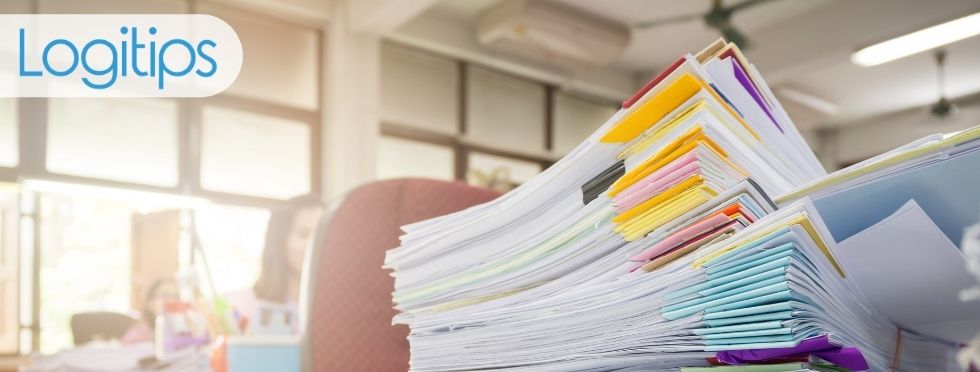The main benefit of the document management report is definitely the capture and storage or retrieval of documents. This way you guarantee the creation of the historical memory of the co-ownership.
Document management is limited to the organization and archiving of documents. However, this process is much broader since it requires certain steps for its optimal function, from planning, production, management or processing to the final disposition or conservation of said documents.
The administration of a co-ownership in its management of handling the development of several documents must classify them to have an order and timely information. This classification is presented through different forms or supports, such as:
- According to the medium, that is, where the information is filled out, either on paper that would count as physical, mail or documents electronics and videos or recordings of assembly, which is classified as microfilming.
- According to the purpose. All the documents that are created are prepared under an objective, which has three purposes: Informative, as a function to communicate something. Testimonial, that serve as evidence, and devices, which are documents whose content are rules or standards to be met, for example, the co-ownership regulations.
- According to the functional of time. It is about how long the current document is to work. For example, there are those who are vital, that is, it is for life and its validity lasts all the time. On the other hand, there are the documents tools which are kept for one year. Finally, the documents non essential, and are those that lose their validity at the time the administrator is informed of it or can be kept for a maximum of 6 months.

Document management is important to have the information in a timely and organized manner. It plays a fundamental role in accumulating evidence or certifications of great importance for the historical memory of the co-ownership. This in order to have everything organized to avoid trauma when changing administrators or board members.
To land this good document management practice within your co-ownership, it is first necessary to create an exact policy where this topic is fully covered and that provides you with the guidelines for the development of each document that is made or received. Within the planning it is ideal that they manage document retention tables, since their function is to break down each type of document that enters the property, that is, it is the guide or map that leads us to control the management of each document.
Definitively, the administrator depends on all the information that he manages day by day, that is why it is necessary to identify how to carry it out, organize it and give it importance according to the different situations that the co-ownership faces, for example, inspection of the different entities of control or legal processes from which co-ownerships are never exempt.
Please share this information of interest with your colleagues and friends.
Related topics

El caos de la citofonía cableada
La citofonía cableada se refiere a un sistema de comunicación interna que permite la interacción entre la portería y las viviendas de un edificio o complejo

Logity Lobby a key element for the communication of your residential complex.
An effective means of communication that unites residential communities, using intelligent video intercom. Logity Lobby eliminates unnecessary wiring, ductwork and equipment within the

What if WhatsApp goes down completely tomorrow? What would happen to communication in your community?
On Monday, October 4, the free instant messaging application registered a worldwide drop. A fault that leaves us with a great reflection in front of


